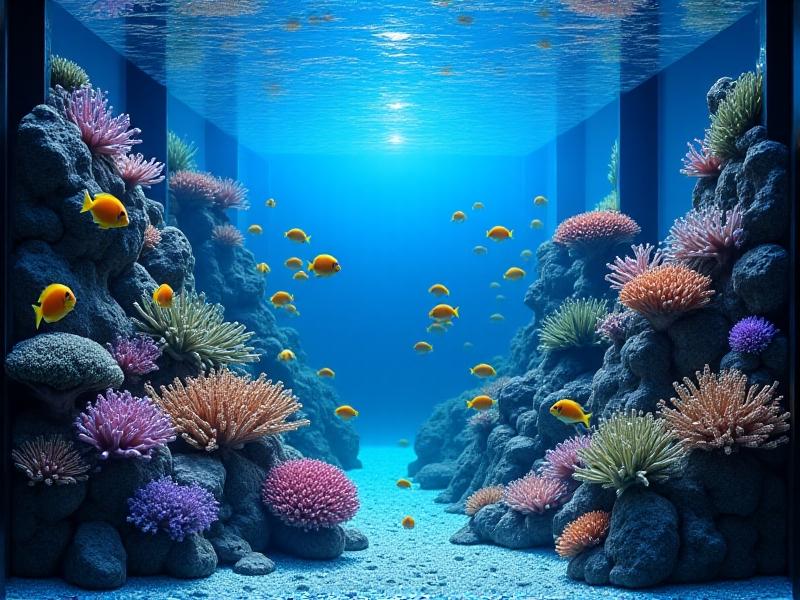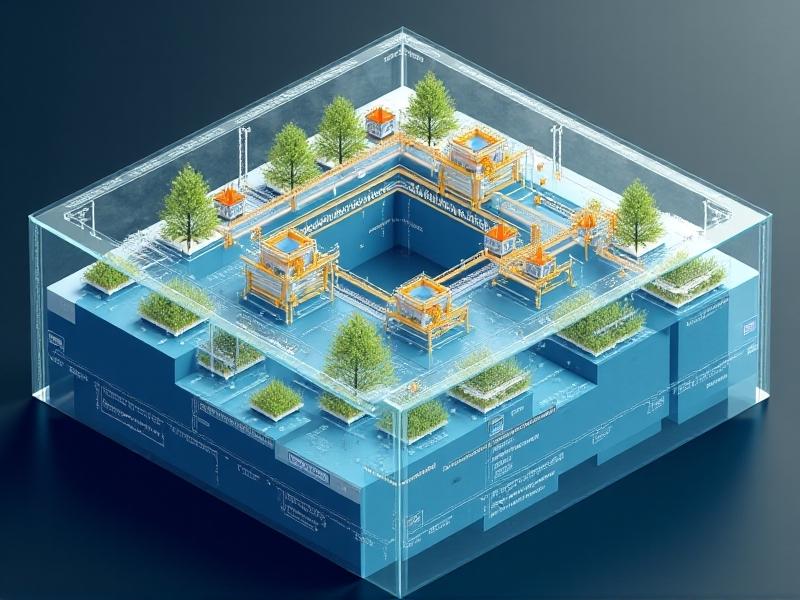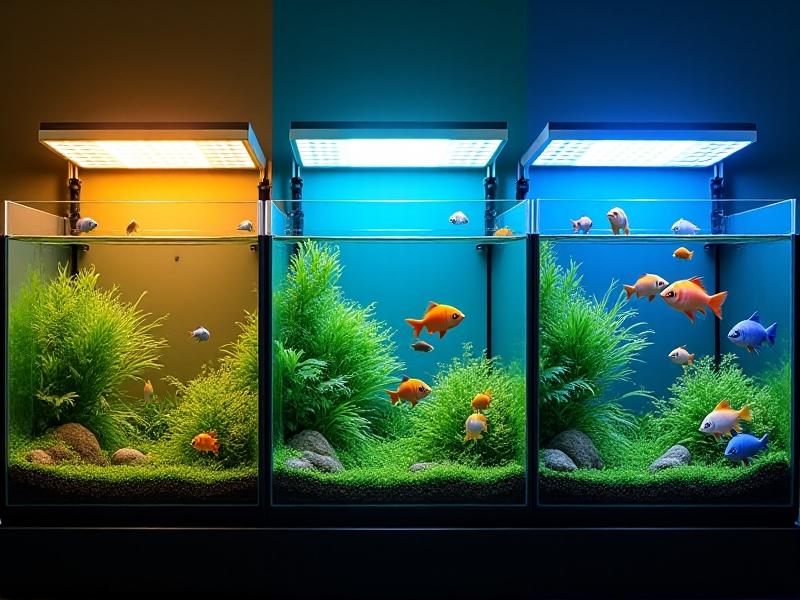Closed-Loop Water Systems: Minimizing Waste in Large Aquariums
The Importance of Closed-Loop Water Systems in Aquariums
Large aquariums are marvels of engineering and biology, housing thousands of aquatic species in environments that mimic their natural habitats. However, maintaining these ecosystems requires vast amounts of water, which can lead to significant waste if not managed properly. Closed-loop water systems have emerged as a sustainable solution, minimizing water waste while ensuring the health and safety of aquatic life. These systems recycle and filter water continuously, reducing the need for constant freshwater input and wastewater discharge. By adopting closed-loop systems, aquariums can significantly lower their environmental footprint, conserve resources, and set an example for sustainable water management practices.

How Closed-Loop Systems Work
Closed-loop water systems operate by continuously circulating water through a series of filtration and treatment processes. The water is first drawn from the aquarium tanks and passed through mechanical filters to remove debris and particulate matter. Next, biological filters break down harmful substances like ammonia and nitrites, converting them into less toxic compounds. Chemical filtration, such as activated carbon, removes dissolved impurities and odors. Finally, the water is sterilized using UV light or ozone treatment to eliminate pathogens before being returned to the tanks. This cycle ensures that the water remains clean and safe for aquatic life while minimizing waste. Advanced monitoring systems track water quality parameters in real-time, allowing for precise adjustments and ensuring optimal conditions for the inhabitants.

Environmental Benefits of Closed-Loop Systems
Closed-loop water systems offer numerous environmental benefits, making them an essential component of sustainable aquarium management. By recycling water, these systems drastically reduce the need for freshwater extraction, conserving valuable resources. Additionally, they minimize wastewater discharge, preventing pollution of natural water bodies. The energy-efficient design of modern closed-loop systems also reduces greenhouse gas emissions, contributing to climate change mitigation. Furthermore, these systems promote biodiversity by maintaining stable and healthy aquatic environments, which are crucial for the survival of endangered species. By adopting closed-loop technology, aquariums can play a pivotal role in environmental conservation and inspire visitors to adopt sustainable practices in their own lives.

Challenges and Solutions in Implementing Closed-Loop Systems
While closed-loop water systems offer significant advantages, their implementation is not without challenges. The initial setup cost can be high, requiring investment in advanced filtration and monitoring equipment. Maintenance is also complex, necessitating skilled personnel to ensure the system operates efficiently. However, these challenges can be addressed through careful planning and innovation. Modular system designs allow for scalability, enabling aquariums to start small and expand as needed. Partnerships with technology providers can reduce costs and provide access to cutting-edge solutions. Additionally, training programs can equip staff with the skills needed to manage these systems effectively. By overcoming these hurdles, aquariums can reap the long-term benefits of closed-loop water systems and set a benchmark for sustainable water management.
Case Studies: Successful Closed-Loop Systems in Action
Several large aquariums around the world have successfully implemented closed-loop water systems, demonstrating their effectiveness and potential. The Georgia Aquarium in Atlanta, USA, uses a state-of-the-art system that recycles over 10 million gallons of water annually, significantly reducing its environmental impact. The Monterey Bay Aquarium in California has integrated closed-loop technology with its seawater intake system, ensuring a sustainable water supply for its exhibits. In Europe, the Oceanographic Museum of Monaco has adopted a closed-loop system to protect the Mediterranean ecosystem while maintaining its world-class exhibits. These case studies highlight the versatility and scalability of closed-loop systems, proving that they can be adapted to different environments and requirements. By learning from these examples, other aquariums can implement similar solutions and contribute to global sustainability efforts.
The Future of Closed-Loop Systems in Aquariums
As the demand for sustainable practices grows, closed-loop water systems are poised to become the standard in aquarium management. Advances in technology, such as AI-driven monitoring and energy-efficient filtration, will further enhance their efficiency and affordability. Integration with renewable energy sources, like solar and wind power, will reduce their carbon footprint even further. Additionally, research into new filtration materials and techniques will improve water quality and system longevity. Collaboration between aquariums, researchers, and technology providers will drive innovation and create solutions tailored to specific needs. By embracing these developments, aquariums can lead the way in sustainable water management, inspiring communities and industries to adopt similar practices. The future of closed-loop systems is bright, offering a path toward a more sustainable and resilient world.








